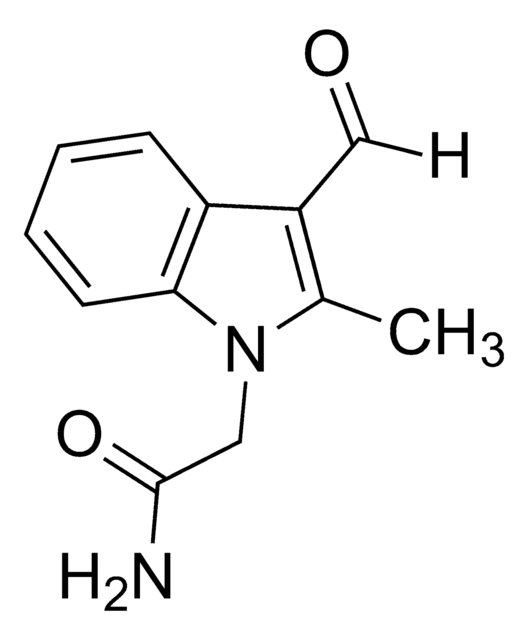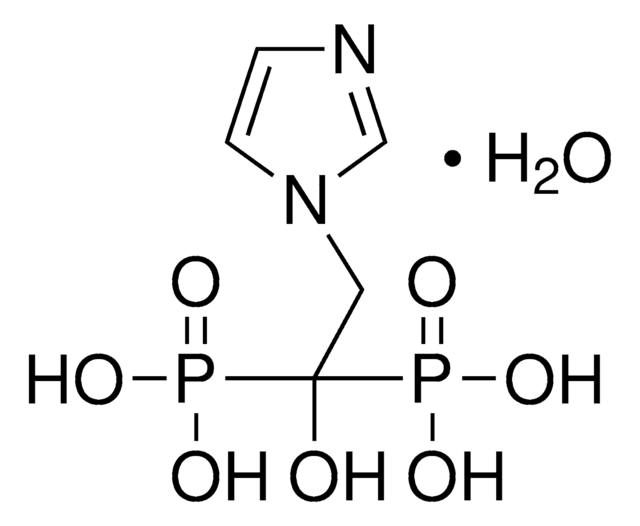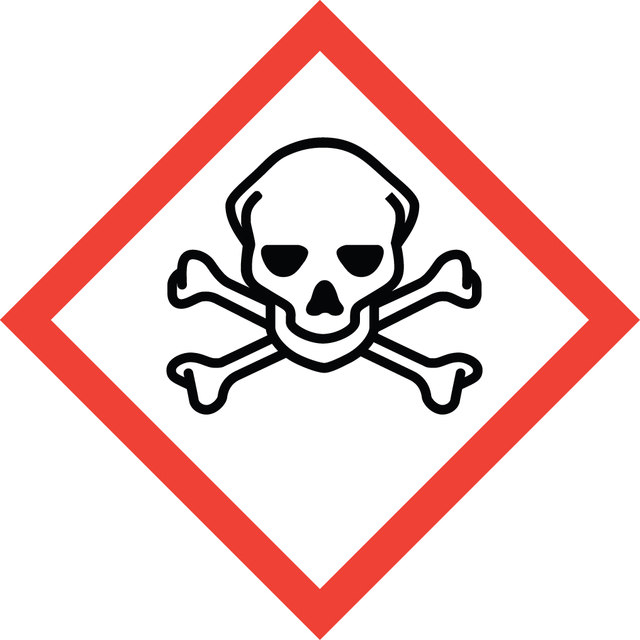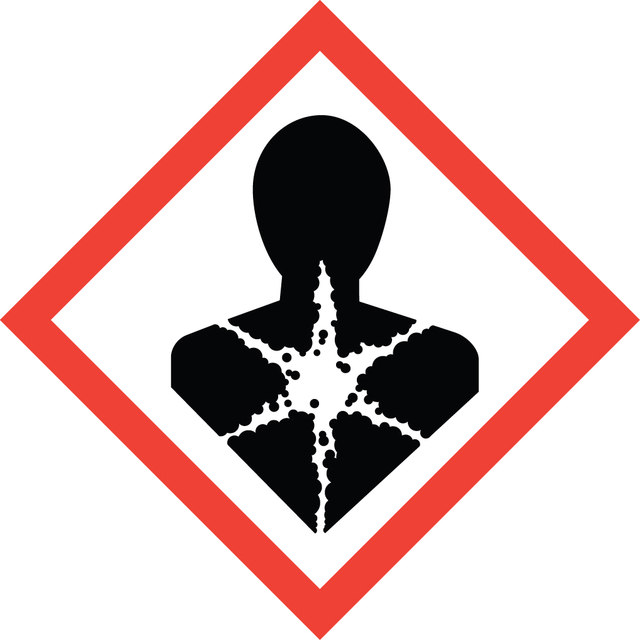474789
(S)-(−)-Glycidol
97%, optical purity ee: 98% (GLC)
동의어(들):
(S)-(−)-2,3-Epoxy-1-propanol, (S)-(−)-Oxirane-2-methanol
로그인조직 및 계약 가격 보기
크기 선택
보기 변경
10 MG
₩211,019
50 MG
₩848,439
About This Item
실험식(Hill 표기법):
C3H6O2
CAS Number:
Molecular Weight:
74.08
Beilstein:
79783
MDL number:
UNSPSC 코드:
12352005
PubChem Substance ID:
NACRES:
NA.22
추천 제품
1 of 4
이 품목 | PHR1893 | Y0002020 | 1724827 |
|---|---|---|---|
| form powder | form powder | form - | form - |
| assay ≥98% (HPLC) | assay - | assay - | assay - |
| Quality Level 100 | Quality Level 300 | Quality Level - | Quality Level - |
| storage temp. 2-8°C | storage temp. 2-30°C | storage temp. 2-8°C | storage temp. - |
| solubility H2O: ≥2 mg/mL | solubility - | solubility - | solubility - |
| storage condition desiccated, protect from light | storage condition - | storage condition - | storage condition - |
일반 설명
Glycidol or 2,3-epoxy-1-propanol is a highly reactive epoxy derivative, which is generally used as a monomer in the preparation of many polymers like polyesters, polycarbonates, polyurethanes, and polyamides. It is also used in the preparation of detergents, rubbers, perfumes, fabric dyes, varnishes, cosmetics, and paints.[1][2]
애플리케이션
Employed in the synthesis of chiral (E)-allylic alcohol side-chains for introduction into prostacyclin and prostaglandin frameworks by cross-metathesis.[3]
신호어
Danger
Hazard Classifications
Acute Tox. 2 Inhalation - Acute Tox. 4 Dermal - Acute Tox. 4 Oral - Carc. 1B - Eye Irrit. 2 - Muta. 2 - Repr. 1B - Skin Irrit. 2 - STOT SE 3
표적 기관
Respiratory system
Storage Class Code
6.1A - Combustible acute toxic Cat. 1 and 2 / very toxic hazardous materials
WGK
WGK 3
Flash Point (°F)
161.6 °F
Flash Point (°C)
72 °C
개인 보호 장비
Eyeshields, Faceshields, Gloves, type ABEK (EN14387) respirator filter
Huw M L Davies et al.
Chemical Society reviews, 36(7), 1109-1119 (2007-06-20)
This tutorial review describes the reactions of the electron-rich heterocycles pyrrole, furan, indole and benzofuran with copper and rhodium carbenoids. Two main reaction pathways are possible, involving either a concerted non-synchronous cyclopropanation or zwitterionic intermediates. A diverse range of products
Jan Meine Ernsting et al.
Magnetic resonance in chemistry : MRC, 42(9), 721-736 (2004-08-13)
Rhodium is used for a number of large processes that rely on homogeneous rhodium-catalyzed reactions, for instance rhodium-catalyzed hydroformylation of alkenes, carbonylation of methanol to acetic acid and hydrodesulfurization of thiophene derivatives (in crude oil). Many laboratory applications in organometallic
Feng Shi et al.
Topics in current chemistry, 292, 123-164 (2010-01-01)
The catalytic activation of a C-H bond is a fundamentally important organic transformation. There are now numerous reports of palladium-mediated C-H activation by the through-space interaction of a palladium center with a neighboring C-H bond. This type of C-H activation
Huw M L Davies et al.
Chemical Society reviews, 40(4), 1857-1869 (2011-03-02)
This tutorial review presents a description of the controlling elements of intermolecular C-H functionalization by means of C-H insertion by donor/acceptor rhodium carbenes. These rhodium carbenes, readily derived from the combination of diazo compounds with dirhodium(ii) catalysts, are sufficiently reactive
Jean Bouffard et al.
Topics in current chemistry, 292, 231-280 (2010-01-01)
A review is presented of synthetic methods for the preparation of biaryls by the rhodium-catalyzed C-H bond arylation of arenes with aryl halides (C-H/ C-X couplings), arylmetal reagents (C-H/C-M couplings) and arenes (C-H/C-H couplings), with an emphasis on postulated mechanisms
Chromatograms
suitable for GCsuitable for GCsuitable for GC자사의 과학자팀은 생명 과학, 재료 과학, 화학 합성, 크로마토그래피, 분석 및 기타 많은 영역을 포함한 모든 과학 분야에 경험이 있습니다..
고객지원팀으로 연락바랍니다.











